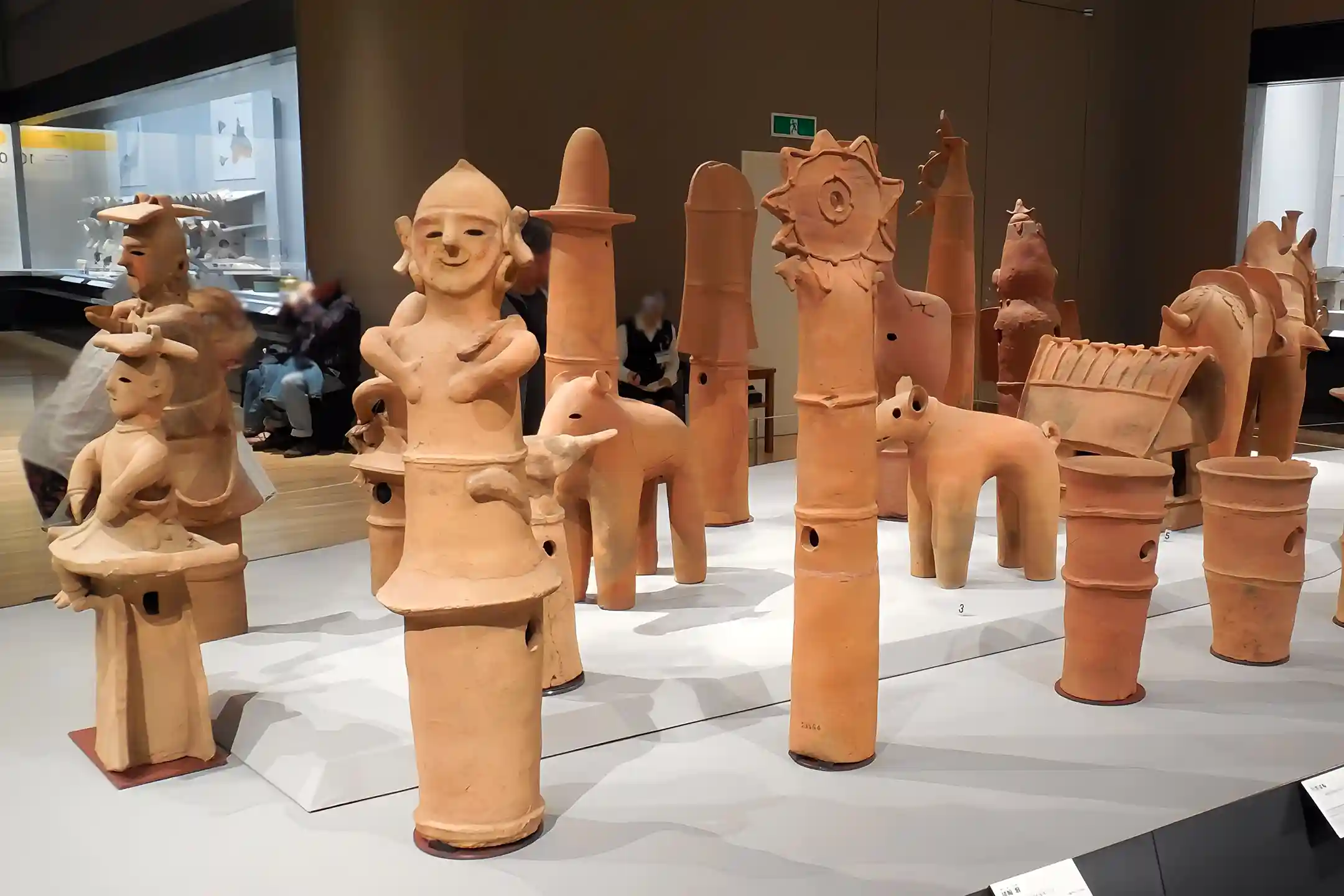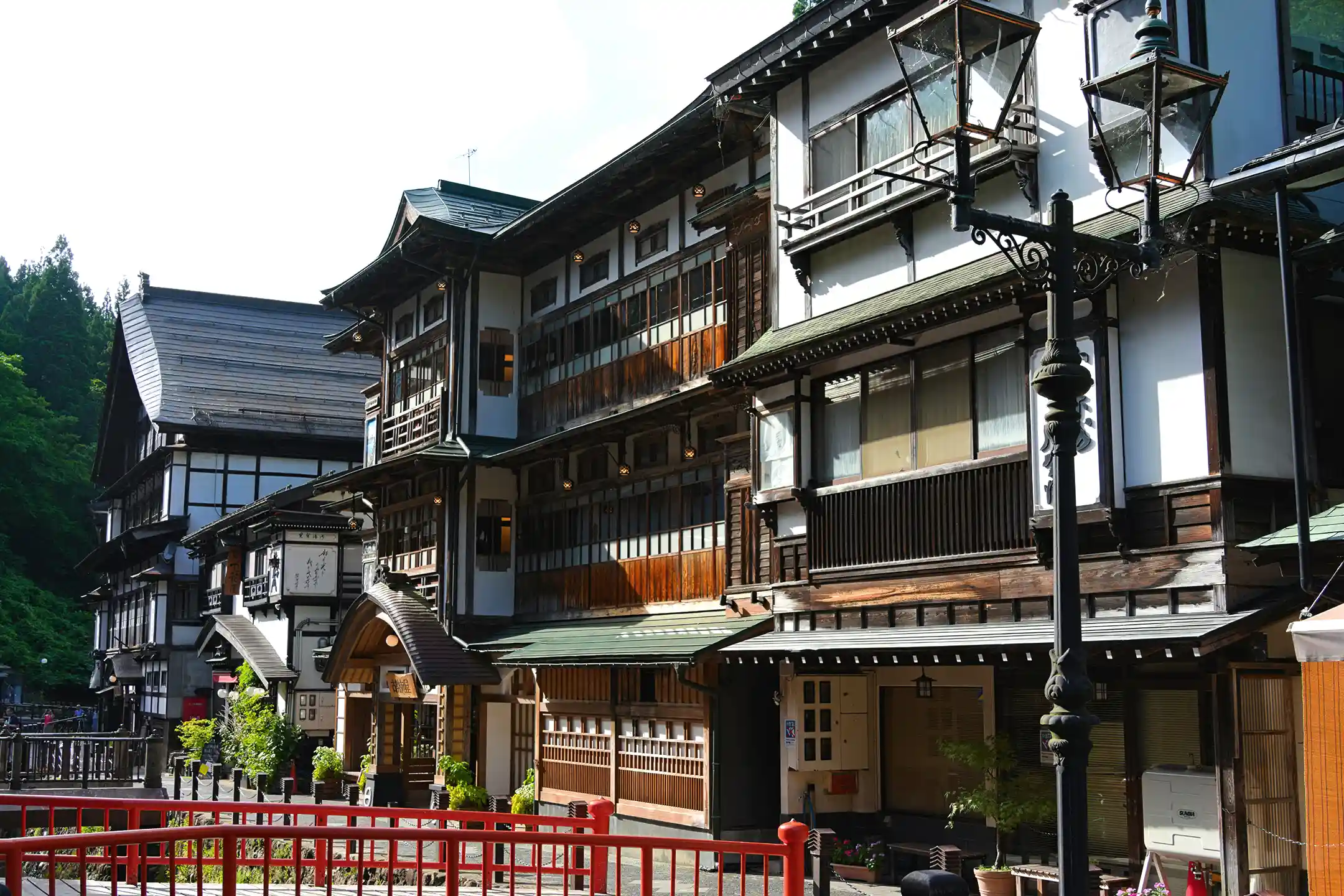Experiencing the Essence of Japanese Art — Guided Tours of Renowned Museums with Experts
Exploring the heart of Japanese traditional art is not just another stop on your itinerary—it is a form of intellectual luxury that few travelers ever experience. More and more visitors from the West, especially those who value refinement, are moving away from shopping-focused trips and instead seeking meaningful cultural encounters (*1).
One of the most rewarding ways to do this is through private tours guided by curators or art historians. Imagine standing before a national treasure as an expert gently unfolds the story behind it—suddenly what once felt mysterious becomes familiar, almost intimate.
Now picture walking into a museum before it opens, the galleries hushed and yours alone, while an expert shares stories that bring the art to life. In those quiet moments, both your mind and your senses are nourished, leaving you with an unforgettable sense of wonder and discovery.
Museums Where Art and Space Become One
Unlike in many Western museums, where works of art often feel separated from their surroundings, Japan offers spaces where architecture itself becomes part of the artistic experience.
On Naoshima Island, for example, the Chichu Art Museum and the Lee Ufan Museum were born from collaborations between architects and artists. Their galleries permanently house works that can only exist in harmony with the building and the landscape, turning the entire site into a living artwork. Natural light and the tranquil scenery of the Seto Inland Sea are woven seamlessly into the experience, inviting you to step into a serene world away from everyday life (*2).

At the Chichu Art Museum, designed by Tadao Ando, much of the building is nestled underground to blend into the island’s landscape. In Monet’s Water Lilies gallery, soft daylight filters from above, allowing you to spend time with the paintings as they shift subtly with the changing light. Touring such spaces with an expert guide helps you see not only the artworks but also the Japanese devotion to designing spaces where art, architecture, and nature exist as one.
This is where you begin to notice cultural values invisible in a simple viewing—and your understanding of Japanese art deepens in a way that lingers long after you leave.
Special Encounters with Private Museum Tours
For an even more personal experience, private tours arranged outside public hours let you immerse yourself in art in a way most travelers never can.
At the Fukuda Art Museum in Kyoto’s Arashiyama district, for example, you can book English-language tours led by curators after the museum has closed. Strolling through the peaceful galleries while listening to expert insights, you connect with the artworks in a setting that feels almost like your own private salon (*3). You might even enjoy a drink afterward in the café, extending the sense of elegance into the evening.

Conversations with curators often reveal fascinating behind-the-scenes stories—how artworks are preserved, how exhibitions change—that deepen your appreciation not just of the pieces but of the museum itself. These discoveries spark the delightful thought: “So much goes into creating this world of art!”
Expert-guided museum tours aren’t simply cultural outings. They are journeys of intellectual adventure that reveal the essence of Japanese art while offering you moments of awe and joy.
Learning Traditional Techniques from Masters — The Appeal of Cultural Workshops
Now imagine stepping beyond the role of observer to become a participant. Workshops led by Japanese artisans allow you not only to admire exquisite works but to try your hand at the very techniques behind them. For curious travelers like you, who love learning something new wherever you go, these experiences are irresistible (*1).
Deepening Cultural Understanding Through Encounters with Masters
The real treasure of these workshops lies in meeting the artisans themselves. Whether you’re sitting with a Wajima lacquer master or a Kyoto yuzen dyer, the chance to learn directly from a living tradition is extraordinary (*2).
As you listen to their stories, you feel the dedication of a life spent perfecting a single craft. Far from being distant or unapproachable, many artisans are eager to share their skills with international visitors. When you ask questions with genuine curiosity, they respond with warmth and humor, revealing their personality as much as their artistry.
Even in contemporary art, ateliers of nihonga painters or ceramic artists sometimes open their doors to travelers, offering the rare chance to watch and even join in their creative process. These behind-the-scenes glimpses sharpen your sensibilities and leave you feeling personally connected to Japan’s living culture.
High-end custom tours often weave in experiences like choosing fresh fish at a market with a sushi master or learning the delicate technique of Edo kiriko glass cutting. These moments tie together “the Japan you once read about” with “the Japan you see and touch today,” making the culture come alive before your eyes (*3).
%20Experience.webp?width=750&height=500&name=Edo%20Kiriko%20(Traditional%20Cut%20Glass)%20Experience.webp)
Treasured Keepsakes Created by Your Own Hands
Best of all, you take home more than just memories. A maki-e lacquer box or a freshly pressed woodblock print you crafted yourself becomes a one-of-a-kind keepsake. Unlike typical souvenirs, these pieces carry the story of your own hands and heart.
In that moment, you are no longer simply a visitor—you are part of the ongoing story of Japanese culture. For travelers who thrive on curiosity and discovery, artisan-led workshops are among the most fulfilling journeys imaginable.
Luxurious Stays Immersed in Art — Unique Accommodations Surrounded by Traditional Masterpieces
The inspiration of art doesn’t have to end when you return to your accommodation. Across Japan, you’ll find extraordinary places to stay that feel like “museums you can sleep in,” where every detail is infused with beauty.
Take Hotel Gajoen Tokyo in Meguro, often called the “Museum Hotel of Japan Beauty.” With over 90 years of history and more than 2,500 artworks on display, the entire property feels like a living gallery (*1).

Cuisine as Artwork — Dining with Traditional Craft Tableware
In these refined lodgings, even dining becomes an artistic encounter. Seasonal kaiseki dishes crafted by master chefs are served in exquisite pieces of traditional tableware.
In Japanese dining, vessels are considered the “kimono” of food, chosen with the same care and attention as the dishes they hold (*2). Lacquered bowls, porcelain cups, and colorful Kutani plates featuring seasonal motifs are miniature works of art.
At times, ryokan may serve meals on custom-made ceramics by celebrated potters or in antique vessels passed down through generations. Each meal becomes a multisensory exploration of Japanese artistry and hospitality.
Bringing Traditional Beauty into Your Daily Life
As your journey comes to a close, you may feel inspired to weave a piece of that traditional beauty into your own daily life. Today, many artisans are reinterpreting centuries-old crafts into fashion and lifestyle pieces that blend seamlessly into modern wardrobes (*3).
Think of gold-leaf accessories from Kanazawa, handbags woven with Kyoto Nishijin silk, or jewelry accented with Edo kiriko glass. These creations bring the spirit of your journey into your everyday style, allowing you to carry the memory of Japan with you long after you’ve returned home (*4).

Touring Traditional Japanese Art Sustainably — Eco-Travel with Electric Vehicles
Modern luxury travel isn’t only about refinement—it’s also about responsibility. By choosing electric vehicles (EVs) for your journey between museums and ateliers, you can enjoy cultural immersion while traveling sustainably.
The “GREEN JOURNEY” project, for example, encourages travelers to take the Shinkansen to their destination and then explore locally by EV rental, combining comfort with eco-consciousness (*1).
Museums’ Sustainable Initiatives
Museums across Japan are also embracing green practices to preserve art for future generations.
Tokyo’s National Museum of Emerging Science and Innovation (Miraikan) has replaced all lighting with LEDs and now runs entirely on renewable energy (*2). On Naoshima Island, Benesse House has introduced rainwater recycling, efficient climate systems, and strict waste reduction.
Visiting these museums not only allows you to enjoy the artworks but also to reflect on the harmony between art and environment. You come to see that the Japanese aesthetic of living with nature—so visible in its traditional art—is shaping the sustainability efforts of today.
By choosing eco-conscious travel, you honor the principle of “preserving beauty for the future.” Exploring Japanese art in an EV thus becomes a modern form of luxury: a journey that enriches your spirit while respecting the planet.

Conclusion
A luxurious cultural journey through Japanese traditional art offers you far more than sightseeing. Guided museum visits feed your curiosity, workshops with artisans let you create with your own hands, and art-filled accommodations delight your senses.
And when you choose to travel sustainably, your journey becomes as kind to the earth as it is inspiring to you. For today’s culturally curious traveler, this is the ultimate way to satisfy both intellect and sensibility—a journey that will stay with you long after it ends.
Author Bio

Natsumi Ikeshita
Experienced in B2B SaaS marketing and “omotenashi,” Natsumi directs media operations with a focus on hospitality and cultural storytelling. Her global experience and marketing skills bring fresh value to Bespoke Discovery’s content.





